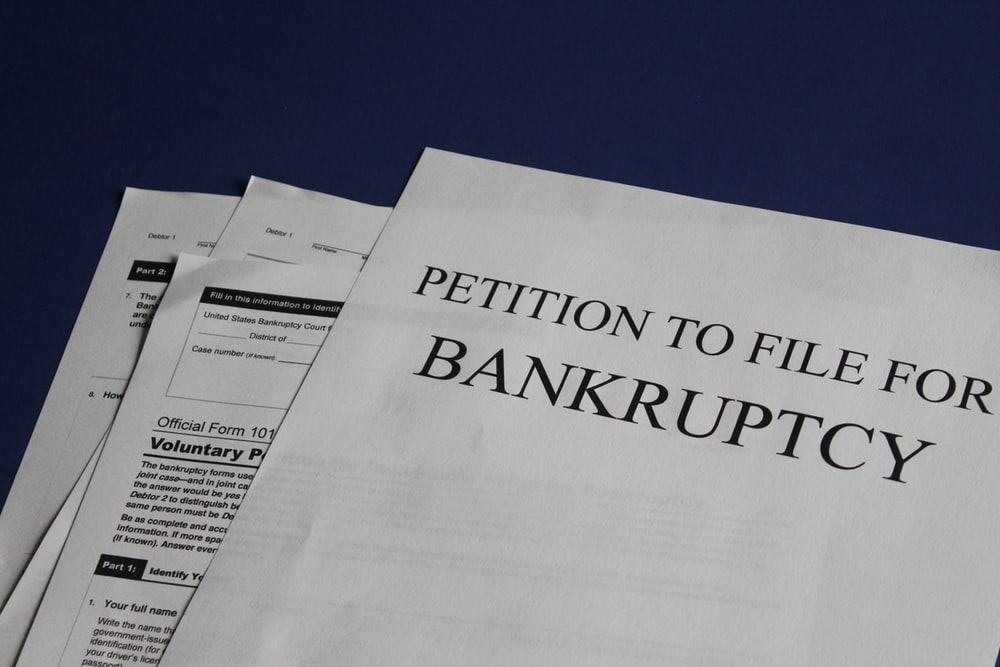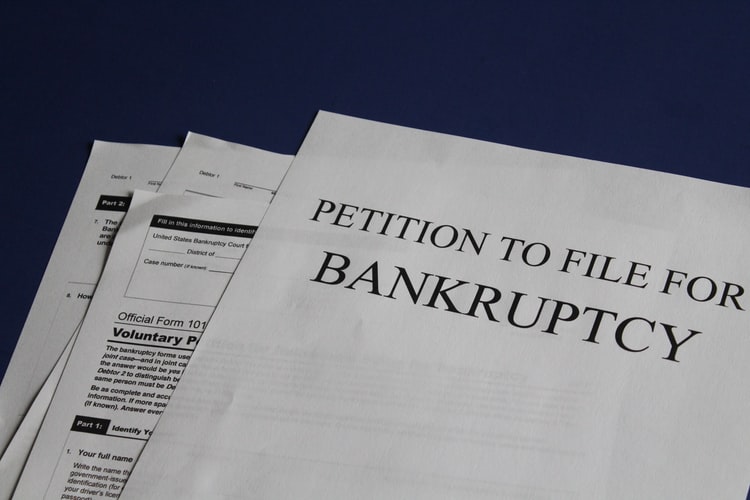Buyer’s Cartel: Is it Even a Concern?
[By Aditya Goyal] The author is a fourth year student of National Law Institute University, Bhopal and can be reached at [email protected]. Introduction Lately, there have been growing concerns over the exploitation of buyer’s power, which has raised issues concerning the sphere of functioning of Competition law in India. The Competition Act, 2002, (“the Act”) was introduced to streamline growing industrial practice in India and to provide a robust institution to deal with ever-increasing anti-competitive practices. The erstwhile Monopolies and Restrictive Trade Policies Act, 1969, was amended as it became redundant with time and provided various escape routes to enterprises to interfere with the market forces and capitalize at the expense of buyers. However, after almost two decades of operation of the new Act, it has started to wear out on new avenues that have opened up — one of such areas being the emergence of cartels with respect to buyers. Understanding ‘Cartel’ A plain and outright reading of the substantive law on cartelization in the Act [i] shows that the drafters had a ‘seller-oriented cartel’ in mind. This could be inferred from the fact that the definition of cartel provided in the Act is an inclusive one and mentions explicitly the aspects related to a seller. Section 2 (c) of the Act defines cartel as “an association of producers, sellers, distributors, traders or service providers who, by agreement amongst themselves, limit control or attempt to control the production, distribution, sale or price of, or, trade in goods or provision of services”. The definition limits its scope to other emerging venue of a possibility of a cartel being formed by buyers. It is a settled principle that the basic premise of an anti-competitive practice is that it has an appreciable adverse effect on competition. This principle is mainly neutral as it does not specifically state as to who should be behind that anti-competitive practice, i.e., it could be a seller as well as a buyer. Buyers, as a group have the equal potential of making an appreciable adverse effect on competition. There have been examples where the buyers have formed ‘buyer groups, ‘ which is nothing but a disguised form of a cartel as it tends acting in concert with an objective, that is to say, get the lowest prices and have the upper hand as a negotiating party. The examples may include a co-operative society which may exert pressure to lower the prices. Further, the number of buyers in an oligopsonistic form of the market may severely affect the position of sellers, and it is the buyer group, indeed, which appreciably affects the competition adversely. The purpose of the Competition Act is to create an environment for healthy competition in the market, and no exchange is complete without interplay between buyers and sellers. Therefore buyers have an equal opportunity to exploit the market and the game therein for their benefits. In the US, the buyer’s cartel has been well recognized under anti-trust laws. In United States v. Crescent Amusement Co.,[ii] the buyers colluded to pay a specific price for a particular commodity at an auction and thereby decided to reallocate the goods among themselves through a second auction. This agreement within the buyers was held to be violative of the anti-trust laws because such conduct ultimately affected the efficiency and purpose of the bidding process and hence, anti-competitive. Analysis of Indian position on buyer’s cartel The Competition Commission of India (“CCI”) had various avenues to identify and punish the cartels formed by buyers. However, they lost all opportunities. In the case of Pandrol Rahee Technologies Pvt Ltd. v. Delhi Metro Rail Corporation and Ors.,[iii]the CCI had to deal with the anti-competitive activities allegedly undertaken by the respondents in the buying process of metro rail fastening system for ballastless tracks wherein they allegedly nominated only one type of proprietary system and therefore foreclosing competition. The CCI observed that the term ‘trade’ under Section 2 (x) of the Act deals with “production, supply, distribution, storage or control of goods” and therefore, does not include the aspect of buyer. Although the Courts in the US have held the buyer’s cartel as anti-competitive, the Competition law in India loses out on this particular aspect and leaves for the court to open an interpretation of the provisions that can fit well to a buyer’s cartel. However, given the specific terminology of producers, distributors, traders, or service providers, the courts in India are having a tough time reading a ‘buyer’ in the given definition. However, this does not mean that an activity of a buyer’s cartel is unchecked. A plain reading of Section 4 of the Act can accommodate a group of buyers as a ‘group in a dominant position’ and, therefore, accounts for abuse by them. This, however, is mere interpretation advanced by the author as the CCI, as well as the appellate authorities, have at no single instance used these provisions against a buyer’s group. One of the significant issues in incorporating a provision related to a buyer’s cartel is that there is a thin line of difference between a buyer’s group and a buyer’s cartel. A buyer’s group, on one hand, always aims at getting the best prices for its members, i.e., caveat emptor, whereas on the other hand, a buyer’s cartel has an element of collusion between them, irrespective of existence of an agreement. Conclusion There has always been a concern regarding the protection of legitimate buyers group which may knowingly or unknowingly pose a challenge to a competitive market by manipulating the supply and demand curves. [iv] Therefore, it is necessary that the buyers cartel is well addressed through some settled principles. It is to be noted here that the Competition Law Review Committee was set up in the year 2018 to look into the required amendments according to the economic needs of the country. The Committee, chaired by Shri Injeti Srinivas (Secretary, Corporate Affairs, Government of India) recommended, among other things, that the definition of cartel under Section 2(i) of the Act should be
Buyer’s Cartel: Is it Even a Concern? Read More »









